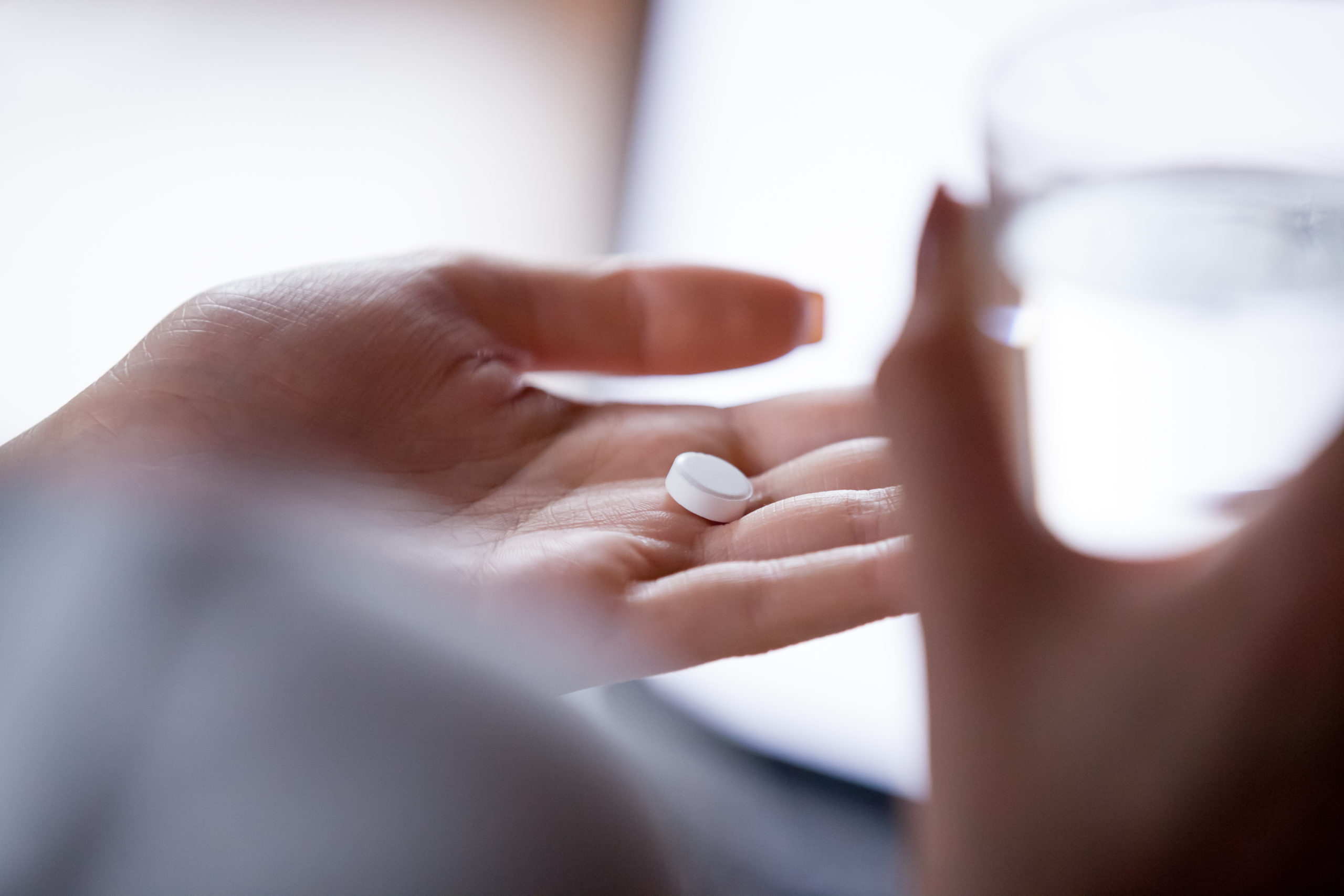Ten years and a billion euros. This is the time and average cost for a drug to complete the process that goes from its initial discovery to being sold at a pharmacy. Considering this data, it´s not difficult to imagine the manufacture of a drug as an obstacle course in which only a few molecules reach the goal.
The researchers of the Center for Biological Research of the CSIC María del Carmen Fernández and Nuria E. Campillo narrate in their book “How a medicine is made. From the laboratory to the pharmacy ” how long and expensive this process is. His intention is to “bring the public into an unknown world, but which has a great impact on their quality of life, because diseases coexist with us, and it is important to be aware of the work, limitations, and challenges behind the search for new Substances for their treatment”, the authors say.
The text structures its contents from the stages of development of a drug:
- The identification and validation of the molecules involved in a disease (the so-called therapeutic targets),
- The development of potential compounds Active.
- Safety studies are initiated through tests in cells or tissues and in living organisms (the preclinical phase)
- Finally, the clinical development is carried out to evaluate in humans the effect and safety of the product.
In this last phase of clinical development is faced the challenge of moving from basic research to a product that may be in the market. It is the longest and most complex-not in vain the authors have devoted the most extensive chapter of the book and it works as a funnel. “For several years, 5,000 and 10,000 are characterized by promising molecules; This number is reduced to 250 in the preclinical phase, which lasts about a year. The clinical phases in humans (developed for 6-7 years) will reduce the candidate molecules to 10. The final approval will leave us, hopefully, a compound that can be called drug and marketed, “explained the researchers. If we take the statistics, we will see that the probability of a drug successfully passing all the trials is less than 12%.
Despite the times so dilated to acquire new pills that cure or improve a pathology, the technological developments of the last decades have managed to shorten this process. According to the authors, “The computing capacity allows, among other aspects, to design in a rational way in a computer promising compounds that can be taken as a starting point in this obstacle course that we are talking about, thus reducing costs Both working time in the laboratory and materials”.
The text also stops in the problems faced by the scientific community, such as the search for animal models that reproduce the causes of diseases such as Parkinson’s in order to study and treat the symptoms of pathology.
To learn more please visit: https://azpressnews.blogspot.com/2018/06/asi-se-fabrica-un-medicamento-del.html?utm_source=feedburner&utm_medium=email&utm_campaign=Feed%3A+Azprensa+%28AZprensa%29






